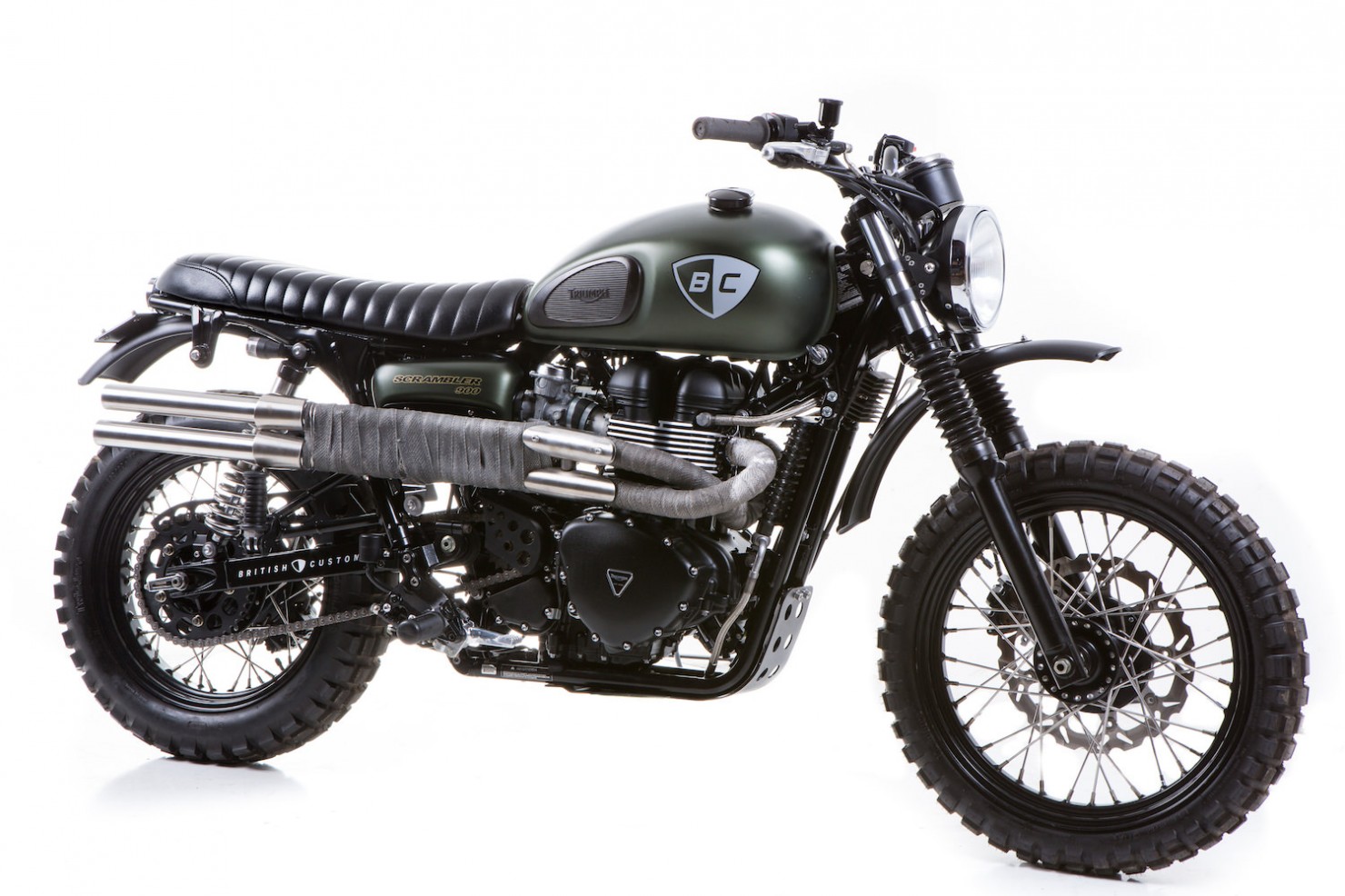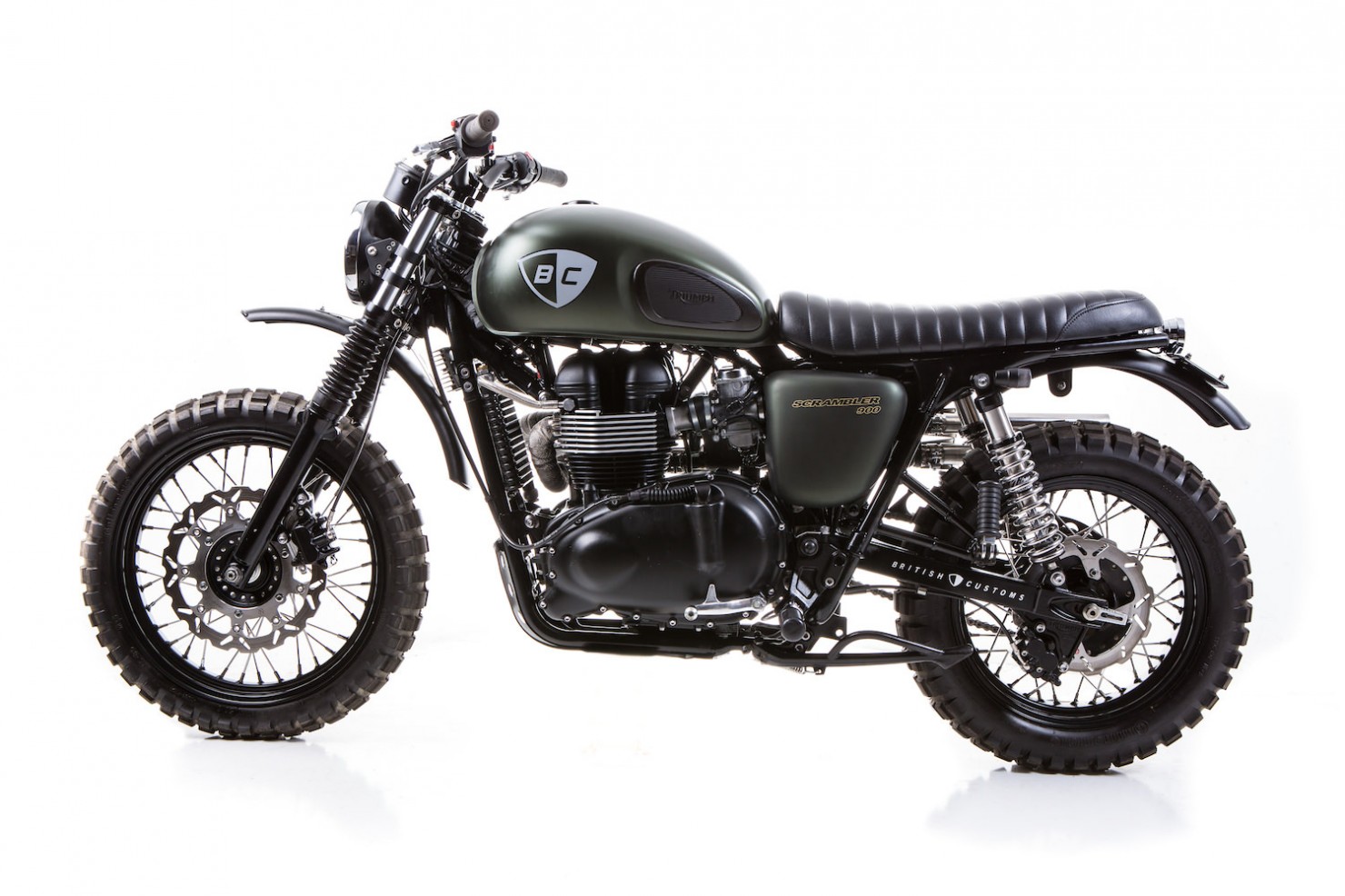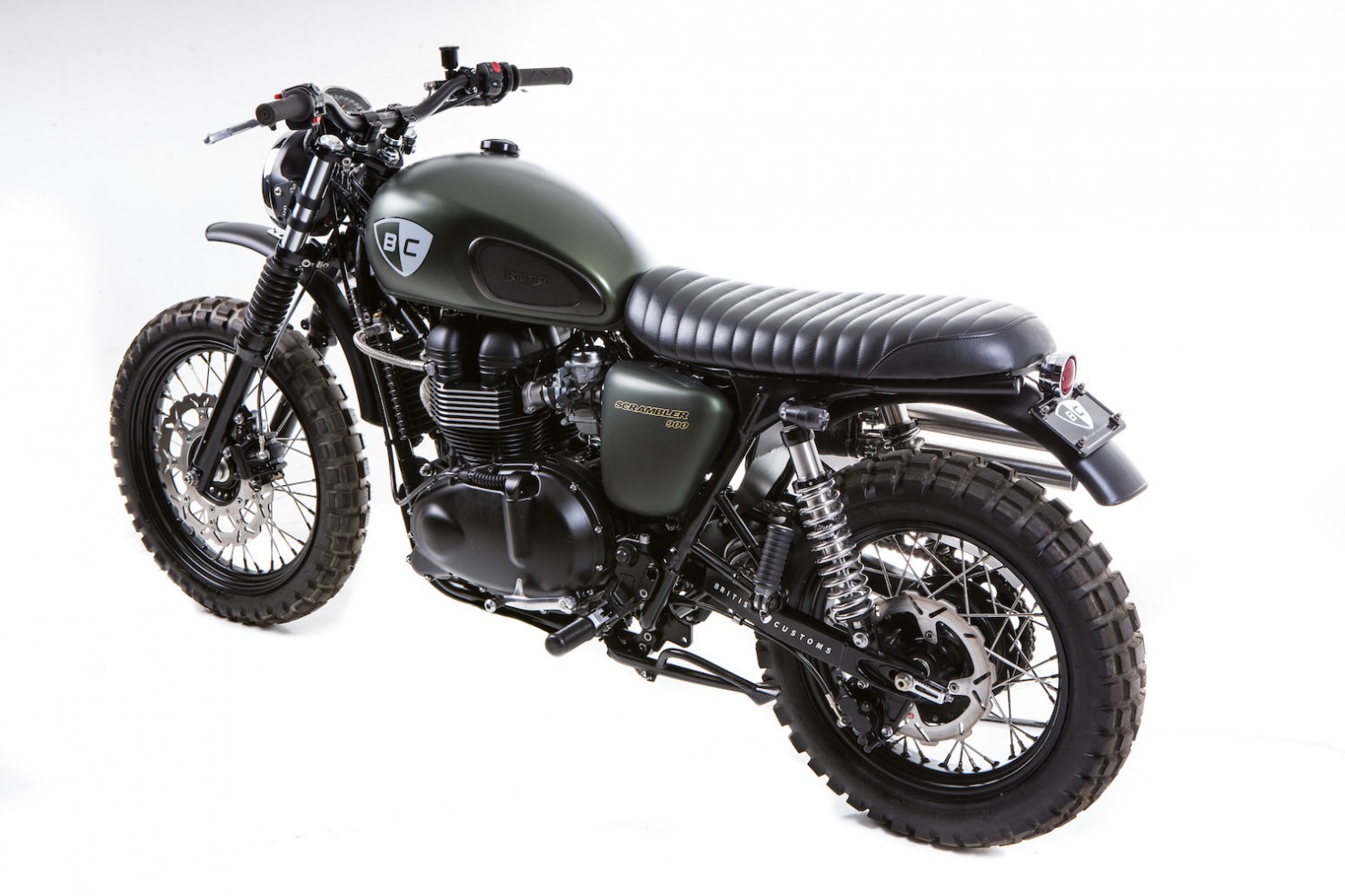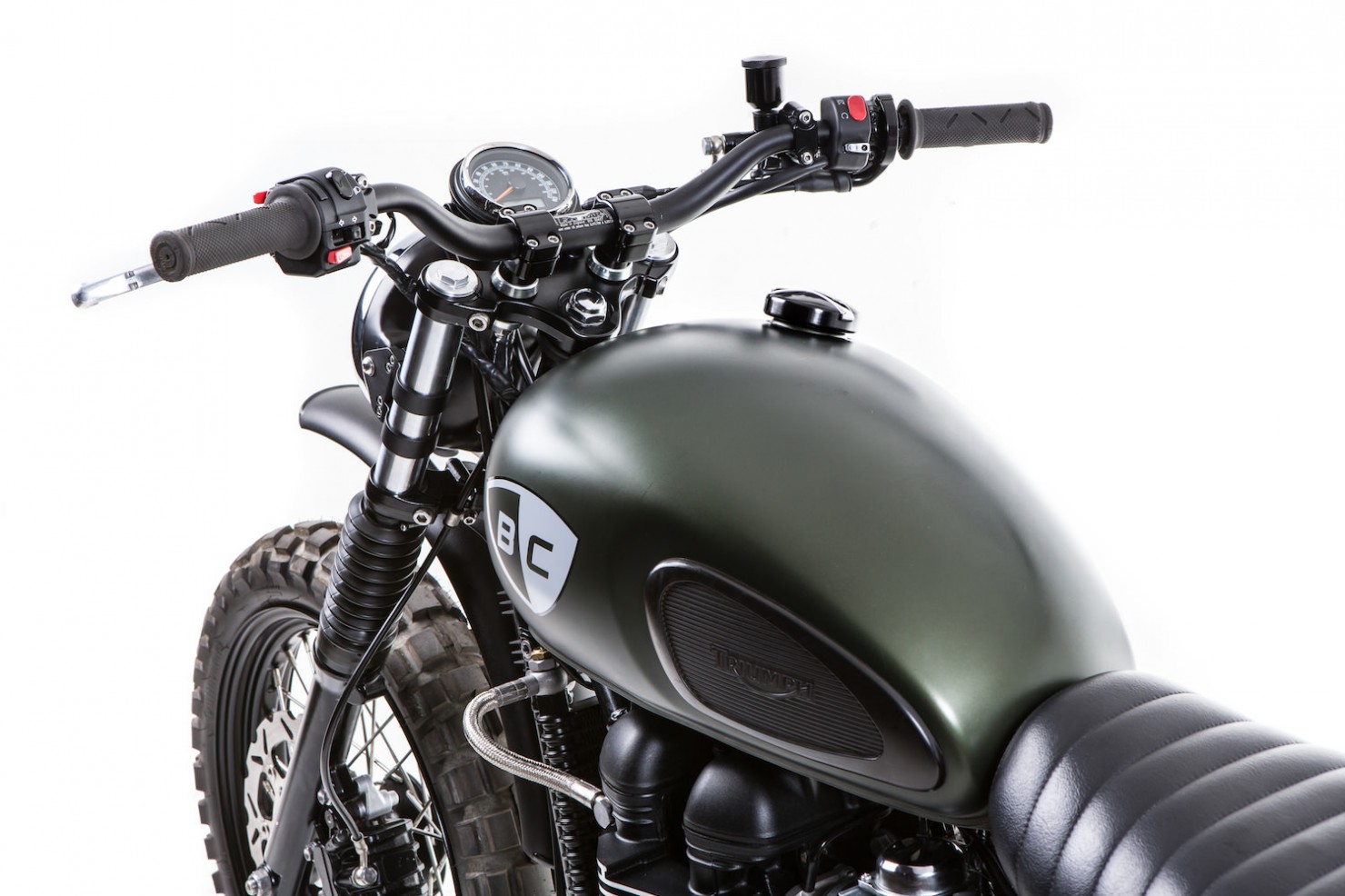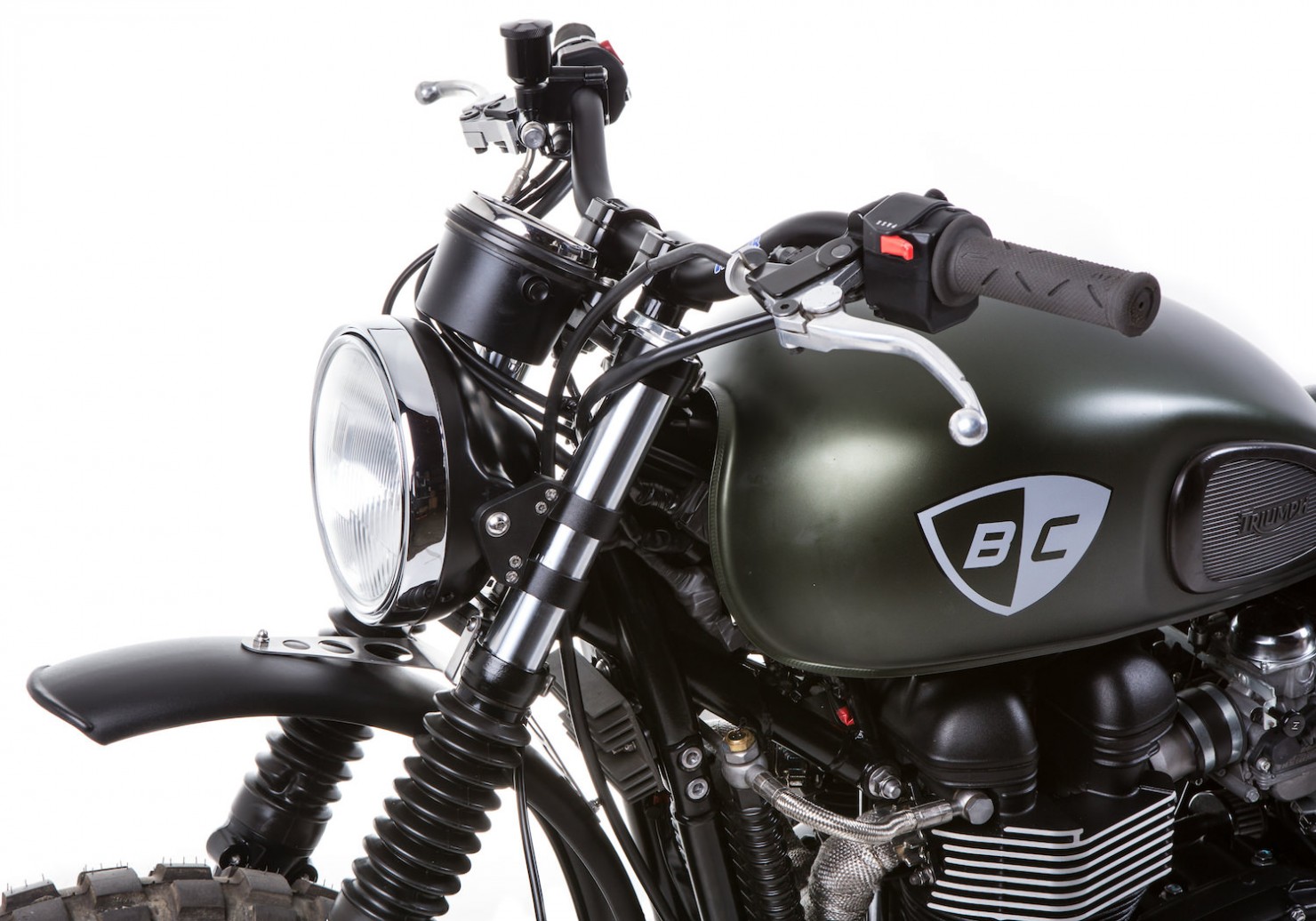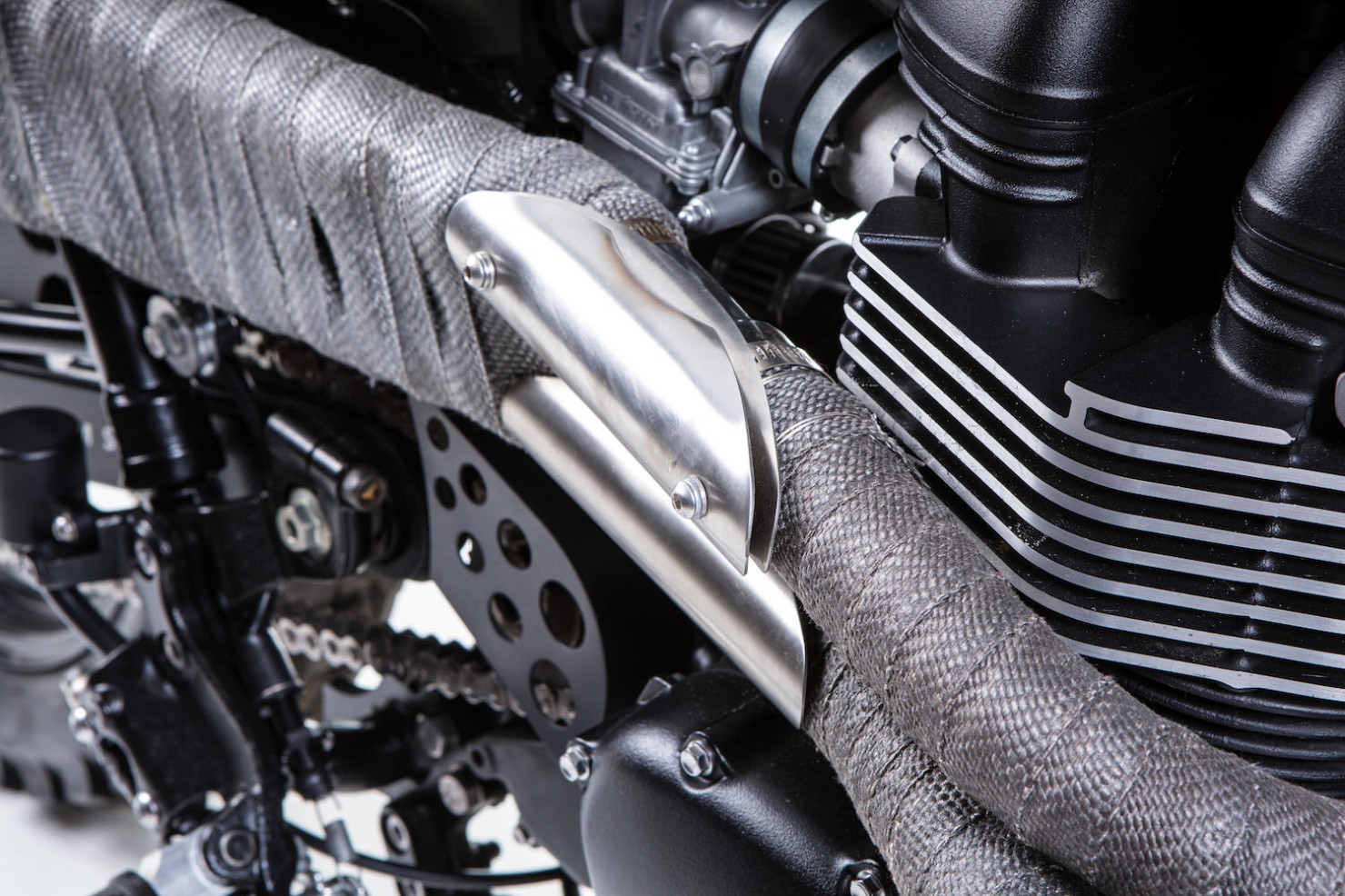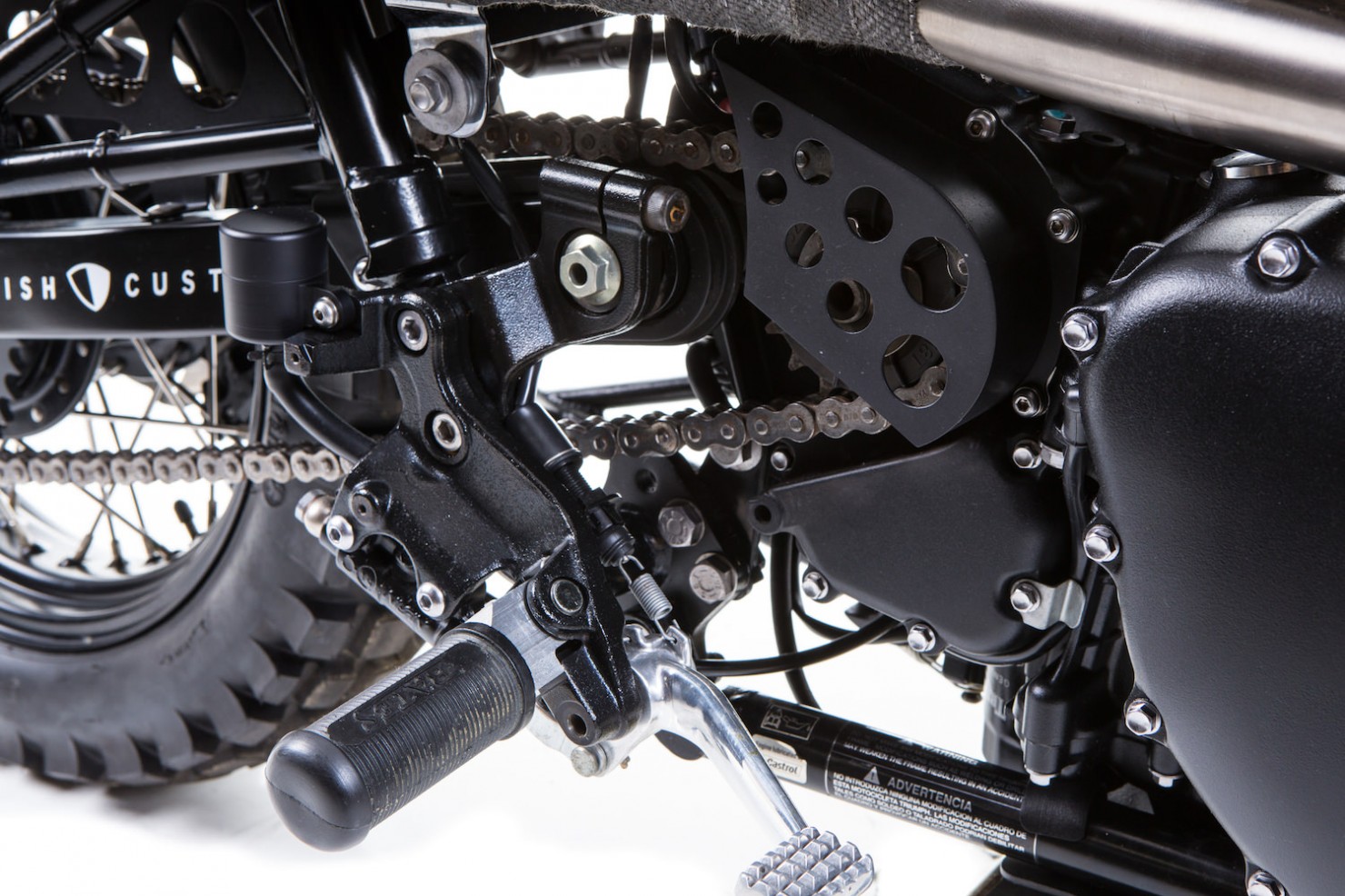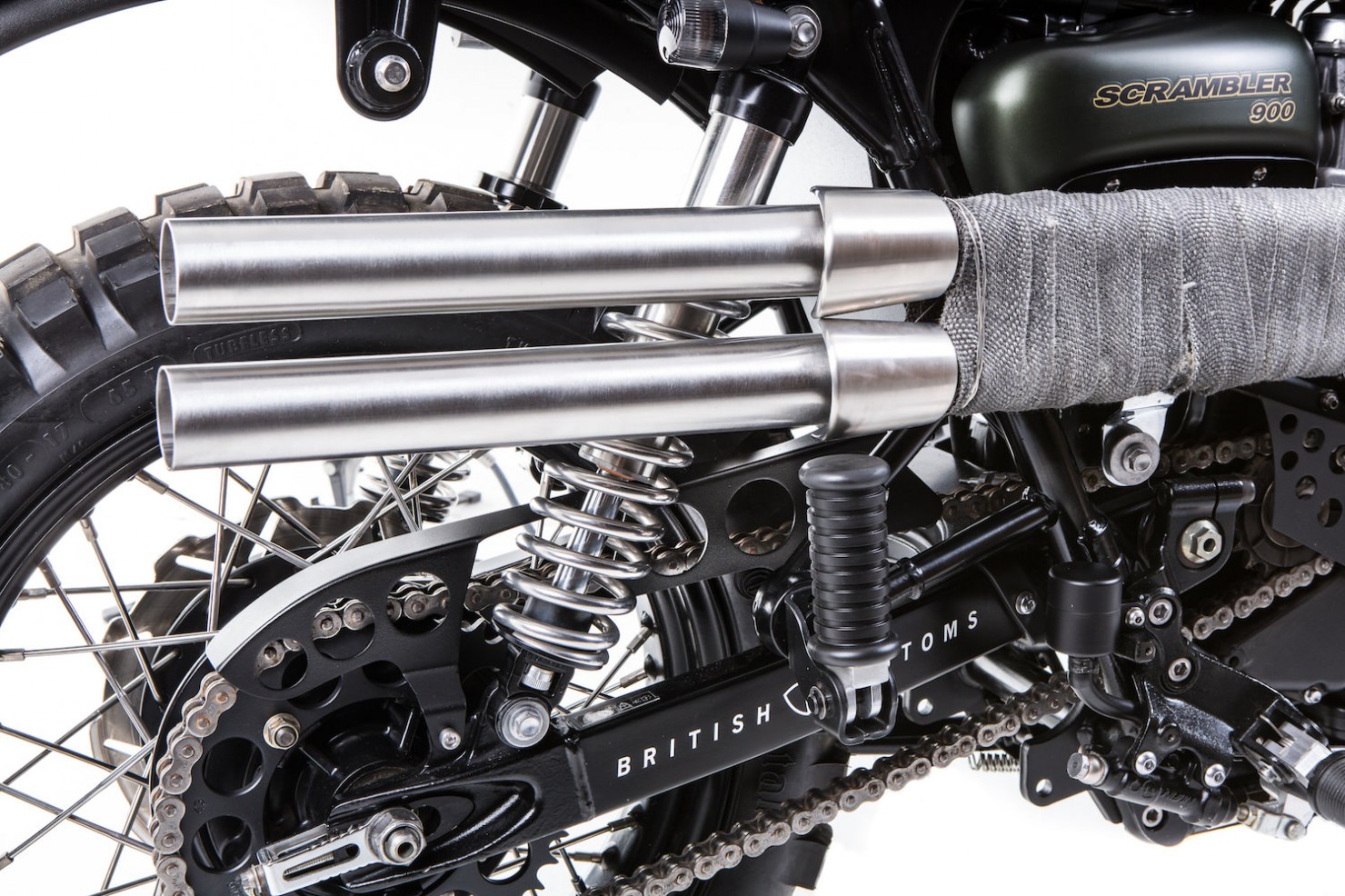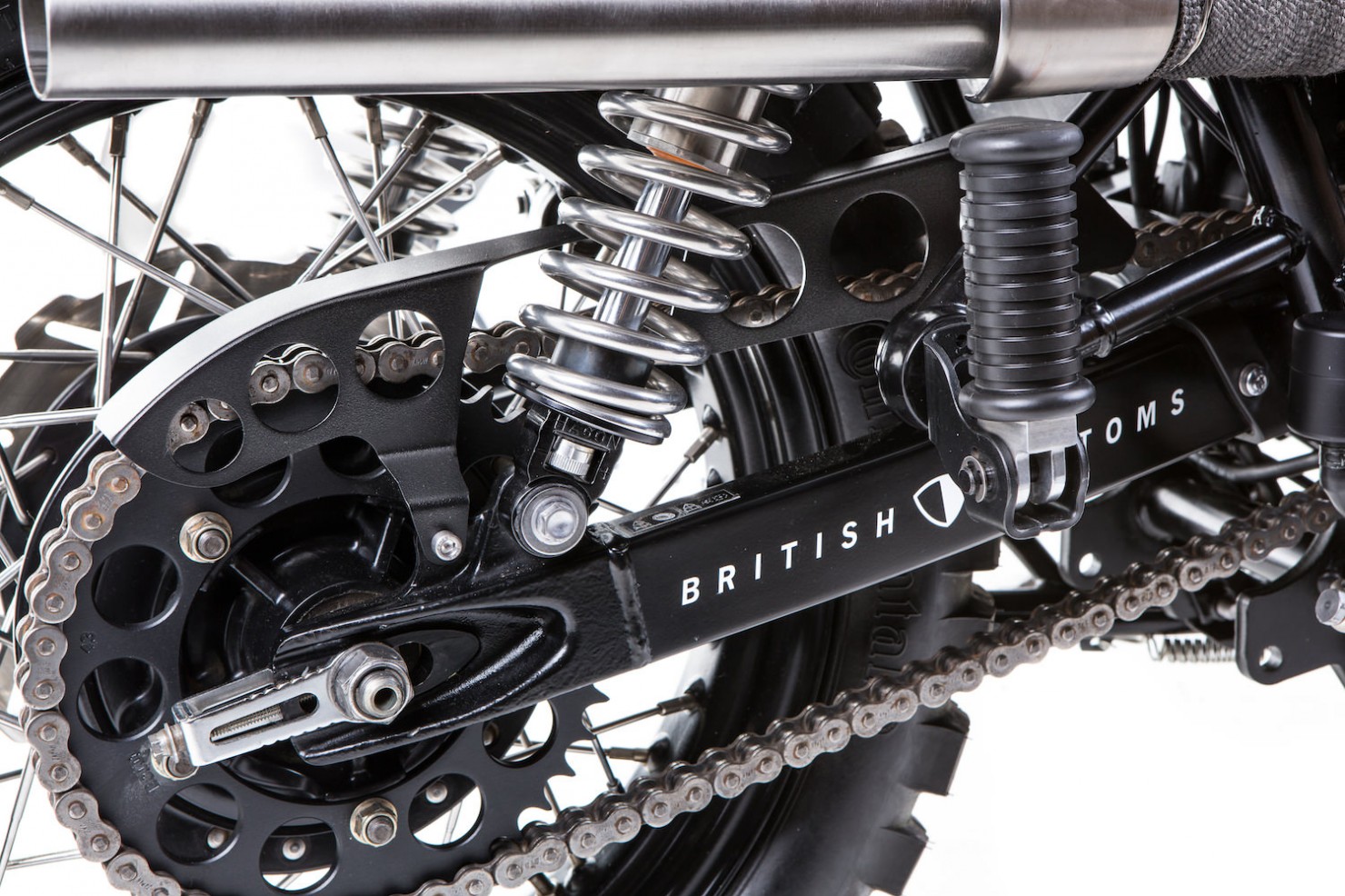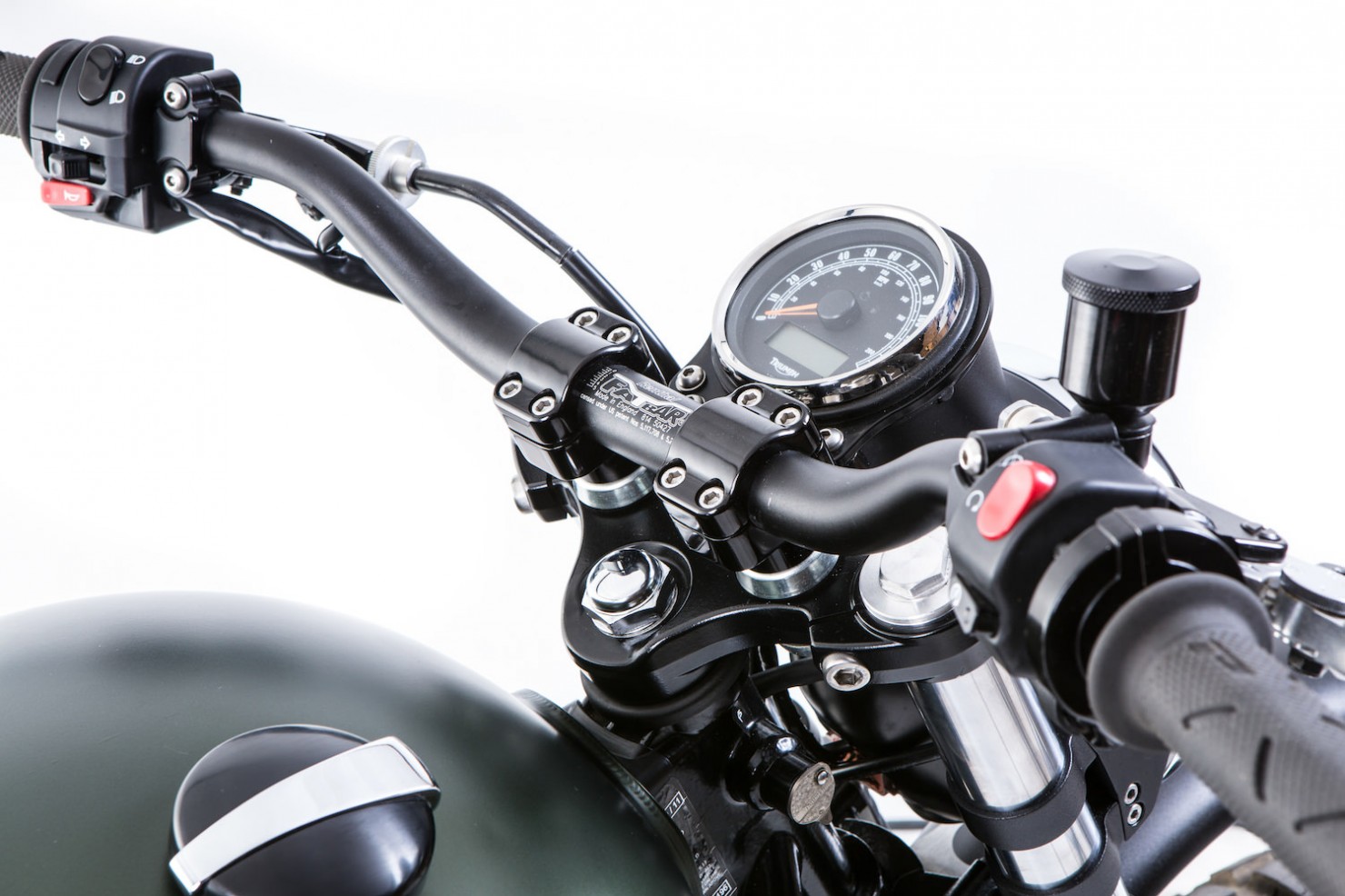samedi 25 janvier 2014
Shelby Cobra Daytona becomes first vehicle on National Historic Vehicle Register
CSX2287 at the 1964 12 Hours of Sebring. Photo courtesy Ford Motor Company.
It helped bring the first FIA GT manufacturer’s championship to an American team. It set multiple speed records on the Bonneville Salt Flats. And it turns 50 years old this week. So what better birthday gift for the first 1964 Shelby Cobra Daytona than to become the first vehicle ever placed on the National Historic Vehicle Register?
Similar to the National Register of Historic Places, which recognizes more than 80,000 historic buildings across the United States, so too can cars now be added to the National Historic Vehicle Register, the result of a collaboration between the Historic Vehicle Association and the U.S Department of the Interior’s Heritage Documentation Program. That collaboration began in March of 2013 with the goals of both developing the four criteria for individual vehicles to be added to the register and selecting some candidates that would fit those criteria. The Cobra Daytona, better known as CSX2287, emerged as a candidate early on in the process.
“While a car only needs to satisfy one criteria to be eligible for the register, his particular car hit on all four,” said Mark Gessler, president of the Historic Vehicle Association.
Among the four criteria are its association with important American historic events, association with important American historic figures, its design or construction value, and its informational value. Gessler pointed out that CSX2287′s racing history handily met the first criteria and that the “laundry list” of people associated with it over time – including Carroll Shelby, Peter Brock, Phil Hill, Craig Breedlove, and Phil Remington – met the second criteria. That it was a prototype for the other five Shelby Cobra Daytonas qualified it for the fourth criteria.
“As for its design or construction value, besides its aerodynamic design, it was constructed on a shop floor and designed on a sheet of butcher paper, right at the end of an era when something could be built so simply and win on an international level,” Gessler said.
Built specifically to compete in the Daytona Continental, a 2,000-kilometer endurance race that marked the start of the 1964 FIA race season (and that would give the Cobra Daytona coupe its name), CSX2287 arrived at Shelby American in November 1963 as a bare chassis and over the next several weeks fitted with a Shelby-prepped 289-cu.in. V-8 and a Brock-designed Kamm-tail body hand-shaped out of aluminum by Cal Metal Shaping in Los Angeles. Finished just in time for the Daytona race (where it DNF’d, thanks to a fire in the pits), CSX2287 later went on to win first in class and fourth overall at the 12 Hours of Sebring and compete in that year’s 24 Hours of Le Mans, among other races. Though Shelby came close to winning the 1964 FIA GT manufacturer’s championship that year, he vowed to beat Ferrari in 1965; CSX2287, along with the other five Daytona coupes, helped Shelby to take nine of that season’s 12 events and walk away with the championship.
CSX 2287 at Daytona, 1964, and testing at Riverside, 1964. Photos courtesy the Historic Vehicle Association.
At the end of the season, however, with Shelby’s time capitalized by Ford’s GT40 project, the Daytona coupes were essentially put on a shelf. Goodyear asked to borrow one – it ended up being CSX2287 – to use up the extra time it had booked on the Bonneville Salt Flats that November and thus keep Art Arfons from launching his bid for the record any earlier than possible. “Strictly a con to hold on to the salt,” George Klass told Samuel Hawley for his book Speed Duel. Fresh from setting the world land-speed record at 555 MPH, Craig Breedlove – along with his wife Lee and fellow driver Bobby Tatroe – would then spend the next few days in CSX2287, chasing a number of records on the salt. In all, the Daytona broke 23 records and ran as fast as 187 MPH.
According to the World Registry of Cobras and GT40s, after CSX2287 returned to Shelby American, Shelby had it disassembled so that its chassis and running gear could be sandblasted and repainted. Now powered by a Weber-carbureted 289 from a Shelby G.T. 350, Shelby sold CSX2287 for $4,500 to model car and slot car producer Jim Russell, who had the car painted and drove it on the street for about a year before selling it for $12,500 to SCCA racer Oscar Koveleski. Koveleski, who also drove it on the street, in turn sold CSX2287 to music producer Phil Spector.
Here the story gets contentious. Spector, facing too many speeding tickets from driving the Daytona around Los Angeles, reportedly sold it for $1,000 to his body guard, George Brand, who then gave it to his daughter, Donna Brand O’Hara, who kept it in storage for close to 30 years, before committing suicide in October 2000. O’Hara left no will, so a number of people laid claim to the car – at the time the only missing Shelby Daytona coupe – over the next year or so, including Spector, O’Hara’s mother, and a friend of O’Hara’s. The sale of CSX2287 – first from O’Hara’s mother to dealer Martin Eyears for $3 million, then from Eyears to Dr. Fred Simeone for $3.75 million – triggered a legal battle that would see some of the purchase price redistributed and the Daytona remaining in Simeone’s possession.
Gessler said that the controversy over the car in latter years had no impact on the selection of CSX2287 to the National Historic Vehicle Register. “Certainly a lot has been written about this one in a sensational manner, but the period of historical significance for this car is not the modern period,” he said.
Over the next year or so, Gessler said that the HVA plans to add at least another 10 vehicles to the National Historic Vehicle Register, and that in the coming years plans to add hundreds, if not thousands, and to open up the nomination process to the general public.
While only individual vehicles and not entire makes or models of vehicles will be eligible for inclusion in the register, any make or model will be considered. “It’s all about vehicles that have ties to the American experience and American history,” he said. “We’ll look at military vehicles, race vehicles, vehicles with a connection to some personality, vehicles with some design importance.” A vehicle doesn’t even necessarily have to be all original for inclusion, either. “We’d end up with a pretty short list if we only included all-original vehicles,” he said. “Certainly, we’ll be looking for documented originals, but realistically we’ll have to look for restored vehicles as well. The overall element to this is the integrity of the car, which is another way of saying its authenticity.”
While the National Historic Vehicle Register doesn’t immediately result from the Turin Charter, which the Federation Internationale des Vehicules Anciens enacted last year in part to preserve historic vehicles, Gessler, who helped draft the Turin Charter, said that the register “is certainly consistent with the spirit of that. Both are concerned with the cultural heritage of the automobile and with preserving them for future generations. We at the HVA felt it was necessary to take it a step further. The register is just an example of how automotive heritage can be celebrated on a national level.”
As part of the process of naming CSX2287 to the register, the HVA had to prepare a fully referenced narrative of the car’s provenance – essentially an academic paper, Gessler said – and provide full photography and a U.S. Department of the Interior laser-scanned line drawing, all of which the Library of Congress will place into its permanent archives.
Richard O’Connor, chief of the Heritage Documentation Program, said that the program won’t necessarily laser-scan ever car that the HVA includes on the register, but that they felt it was important to do so with the Daytona because of the engineering significance of its overall shape. The documentation will eventually be made available to the general public for free on the Library of Congress’s web site. And while O’Connor said it’d be nice if his documentation program could work something out with the Smithsonian to preserve the vehicles themselves, it will be up to outside sources to maintain and preserve the vehicles chosen for the register.
According to the HVA, inclusion on the register does not restrict the owner of the vehicle from restoring, modifying, or using the vehicle however they wish.
As far as CSX2287, Simeone still owns it and displays it in the Simeone Foundation Auto Museum in Philadelphia, but the HVA and the Simeone currently have it on display at the Washington (D.C.) Auto Show, where it will remain through February 2.
For more information about the HVA and the National Historic Vehicle Register, visit HistoricVehicle.org.
THE DIRT BIKE BY BRITISH CUSTOMS
British Customs is a leading international supplier of Triumph-specific parts, accessories and gear – the market for Triumph parts has been growing exponentially in recent years and the Scrambler, Bonneville and Thruxton models have become cornerstones of the hugely popular cafe racer, flat tracker and scrambler sub-genres.
Rather than sitting on their laurels and focussing on product sales, the team at British Customs build their own bikes, often taking pre-existing Triumph models and tweaking them, as they did with the modified Triumph Scrambler you see pictured here.
The goal behind this build was to take the stock Scrambler and give it more off-road ability, the team at BC wanted a bike that would be as comfortable on dirt tracks as it is on the asphalt – making it the sort of retro dual-sport that would have been favoured by the likes of Steve McQueen and Paul Newman.
Starting with the boots, the exceptionally knobbly Continental TCXII 80 tires were chosen to enhance off-road grip in varying conditions. On the rear end a BC Retro Sprocket was added to reduce unsprung weight, new Renthal Fat Bars were bolted on to replace the stock bars, a new low profile 7” headlight was added, a new set of fenders were added front and back with the front unit mounted higher than stock, giving the bike a classic ’70s enduro look.
The full list of parts used on this bike is longer than your arm but if you’re interested you’ll find thefull build package here courtesy of British Customs. If you’d like to see more of their builds, you canclick here to see their full collection of customs.
Inscription à :
Articles (Atom)

